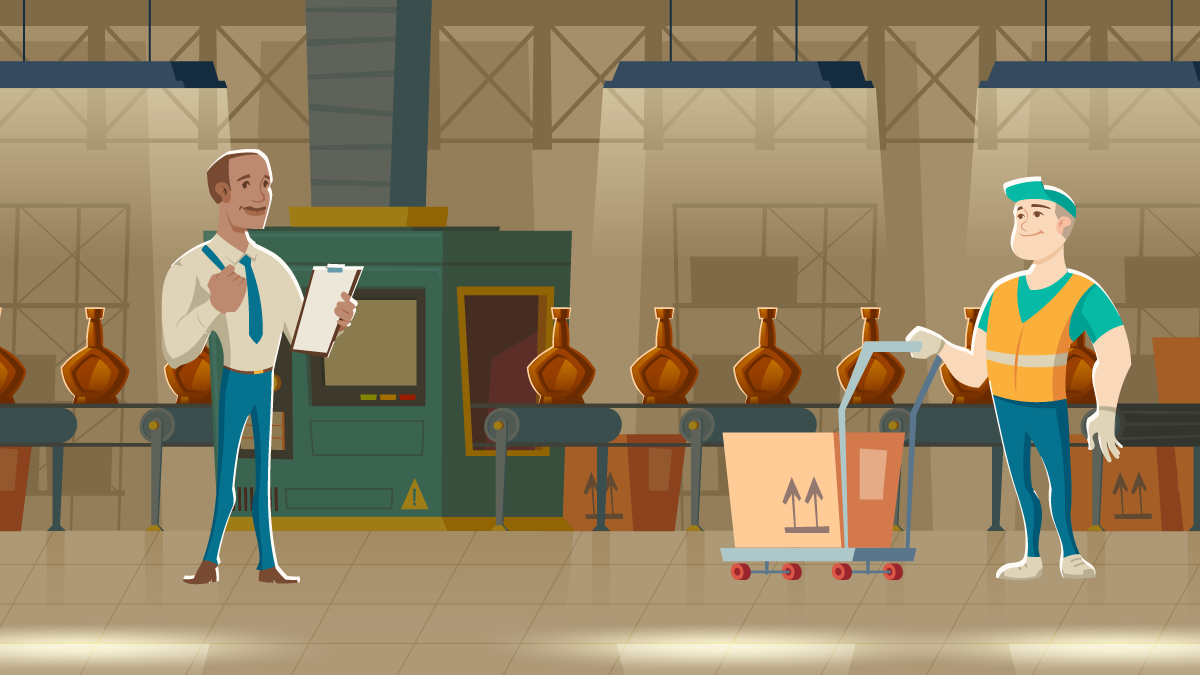An efficient and well-spaced warehouse is critical for enhanced job productivity. Space utilization in any factory is essential in ensuring easy movement of staff and storage of materials. If you restrict movement in your factory, it may take longer to get work done. This leads to delays and slows work output. A factory is expensive for a company to operate. The cost of the building, land, labor, machinery, and other items can amount to a considerable chunk of money.
Many companies want to maximize the operation of a factory space by streamlining cargo picking and placement. Additionally, many companies opt to automate some processes to improve accuracy. If you’re looking for some ideas to enhance your factory space, we recommend that you consider the following.
1. Optimize on Available Space
Before you consider expanding your factory space, it would be best to use the vertical space available. You can consider adding taller storage units and the right equipment to store material. According to seed processing experts from hsautomation.com, adding better storage equipment means you can keep more in the same square footage; this will help you save on expansion costs. Additionally, it would be best if you thought about different shelving methods that can store more material. Many companies resort to keeping small materials on pallets tracks. This wastes space, and it can be easy to misplace items. It will help if you use various shelving racks in your area instead of relying on the same stands throughout your factory.
2. Narrow Down the Aisle Width
The aisle width determines your factory floor space. If you have a poorly designed aisle, it can cost your company significant expenses and time in the long haul. Ideally, aisles are designed to accommodate standard retrieval and loading equipment. In recent years, technology improvement now allows forklifts to have a narrow profile and a tighter turning circle. This helps companies increase work productivity and save on expenses by reducing their aisle width. Narrowing your aisle width helps you add more storage racks to your racking system, thus creating more room for materials.
3. Assess Your Factory Layout
A right floor layout increases the efficiency of your factory space. However, even a well-organized floor layout can quickly become disorganized. Additionally, this makes it hard for easy staff navigation and will slow down work productivity. It may also lead to multiple safety hazards. We would recommend that you keep checking on the layout of your factory floor layout. You should ensure that your staff follows the appropriate procedures and stick to the most efficient routes. A right floor layout helps to locate items quickly for retrieval and storage. The factory’s doors should also be chosen carefully. Steel doors for the factory will not only ensure the safety of the building and staff, but also help with energy costs.
4. Organize Your Workstations
Organizing your workstations helps to increase productivity. This allows your staff an easy time locating tools and equipment to help in their work. If you’re unsure where to start, it will help if your company adopts the 5S method. This method works well to ensure that your workstations are well-organized. It lessens congestion where staffs have to keep rearranging materials and other items. The 5S process consists of standardizing, shine, sort, sustain, and set in order. These approaches are designed to reduce clutter, eliminate errors, and improve safety standards in your company.
5. Ensure You’re Using Vertical Space Efficiently
Many supervisors managing factories and warehouses tend to ignore the use of their vertical space. This is a common area that is mostly underutilized and is a critical element of storage solutions if well utilized. Expanding your shelving and rack units upwards creates more room for more inventory. This can be achieved with a minimum budget as you only have to build on your existing structures. However, it would help if you take into consideration a few factors. Expanding upwards means that you need to invest in extra equipment if your forklift can’t reach the upper tiers. We recommend using a vertical lift system which is designed to cover the height of your factory. Additionally, this system helps to ensure optimal staff safety.
6. Implement Labor Efficiency
If your factory management system (FMS) cannot generate appropriate picking plans, you can create them manually. Start by analyzing your material usage patterns. You can store the highly used items in comfortable places where they can be retrieved efficiently hence reducing travel time. Additionally, you can store high-volume materials close together. Keeping your highly-used things together helps to streamline your factory operations. It allows your staff to access items with ease, thus reducing delays and increasing work productivity.
Improving your factory space is much more about common sense than just following the right storage solutions. Ideally, this means choosing the simple solution over the complicated answer. Before implementing any strategy, ask yourself whether the solution has a return on investment (ROI) in the long haul. Using a combination of the tips above will help your company realize more profit and success.

